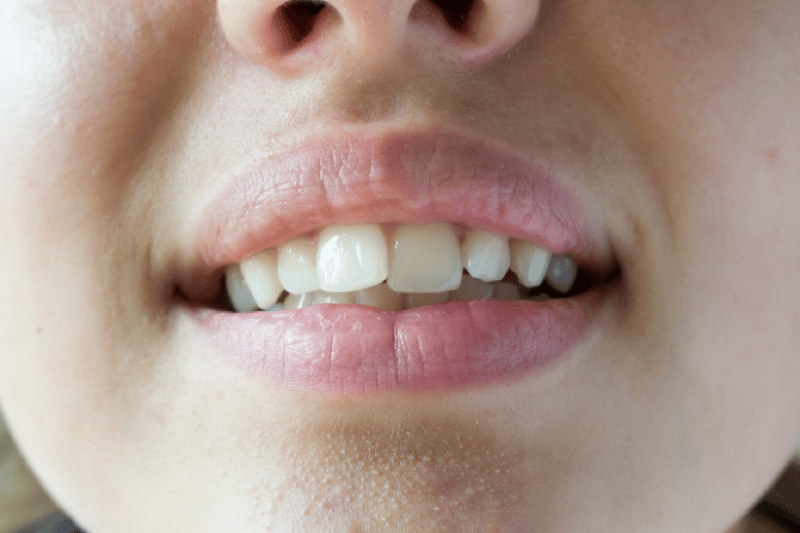Tooth Misalignment

Teeth can become misaligned; in medical terms, the condition is known as malocclusion. Occlusion refers to the alignment of the upper and lower teeth to form what dentists call bite. Typically, the upper teeth must flit slightly over the lower set of teeth. In addition, the points of the molars on the upper region should fit the grooves of the molars on the lower region.
Malocclusion can be traced to the person’s genetics. There might also be a difference in the size of the lower and upper jaws. Malocclusion causes overcrowding and abnormal bite patterns and can cause discomfort and speech difficulties such as lisping, an open bite, and mouth breathing.
Teeth misalignment will cause, over time, gum recession because the teeth meet together in a traumatic fashion. The misalignment and the excessive force that the teeth are subjected to can cause the gum to recede away from the natural gumline. This also makes the teeth more vulnerable to the formation of caries, increased sensitivity, infections, and subsequent teeth loss.
People with malocclusion can seek help from their dentists. They can request orthodontics to correct the overcrowding and teeth misalignment. For severe cases of malocclusion, dentists can also perform appropriate surgery to correct the bite.










